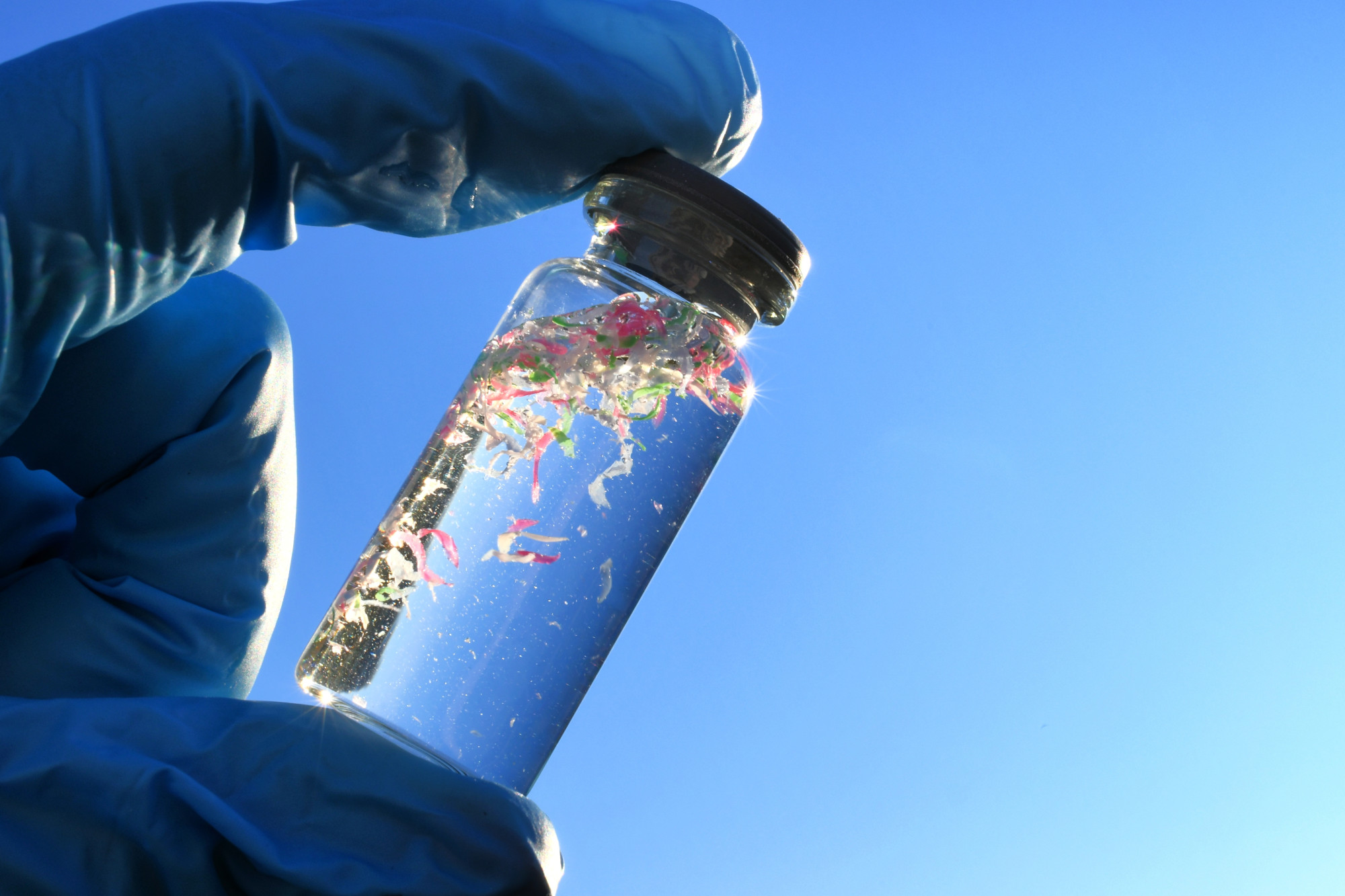In a recent publication in the Science of the Total Environment, a collaboration between the LENS laboratory and the Biology Department of the University of Florence has documented the effects of microplastics on honey bees, focusing on cognitive impairment and the penetration of these particles into brain tissue.
Microplastics, defined as particles smaller than 5 mm, are prevalent environmental contaminants known to affect various ecosystems and organisms. The study investigated the impact of two common types of microplastics – polystyrene (PS) and poly(methyl methacrylate) (PMMA) – along with their combined effects, on bee cognitive functions and brain structure.
“Microplastics have made their way into terrestrial ecosystems, affecting key species such as honey bees,” stated Professor Pavone. “Our study provides crucial evidence of these particles crossing into brain regions essential for cognitive functions, highlighting significant ecological implications”.
The researchers utilized sophisticated 3D imaging techniques to track the accumulation of microplastics in the bees’ brains, finding that these particles can cross the blood-brain barrier within just three days of exposure. This accumulation notably occurred in areas vital for learning and memory.
The cognitive functions of the bees were assessed through established learning and memory tests. Results indicated that exposure to microplastics, particularly PS, led to a measurable decline in response to sucrose, which could negatively impact their foraging behaviour and overall ecosystem health.
“These results underscore the need to consider the implications of microplastic pollution,” added Professor Pavone. “Bees play an essential role in pollination and biodiversity; understanding how they are affected by pollutants helps us protect these crucial ecological contributors.”
The study suggests that the adverse effects observed might be due to mechanical, cellular, and biochemical disruptions caused by microplastic particles, aligning with findings from other species studies.
Professor Pavone emphasized the importance of further investigations: “Our findings pave the way for more comprehensive studies. Future research should assess different types of plastics, their long-term consequences, and the potential reversibility of these effects. Expanding our understanding of microplastic impacts across terrestrial species is essential.”
This research marks an important contribution to the understanding of environmental pollutants’ impacts on key pollinators and highlights the need for strategies to mitigate microplastic contamination.




